Traveling can be an unforgettable experience, but for those on GLP-1 medications like semaglutide and tirzepatide that require cold storage, it presents distinct challenges. Ensuring the proper storage and transportation of these medications is crucial to maintain their effectiveness and integrity during the journey. This article will share our 6 essential tips and guidelines for a worry-free travel journey.
1. Manage Temperatures:
Keep your GLP-1 medication in a cool place away from direct heat sources. Exposure to sunlight, heaters, or extreme temperatures can compromise its potency. Consider using an insulated bag or a small cooler with an ice pack, especially if you're traveling long distances or spending extended periods outdoors to help maintain the medication within the recommended temperature range.
2. Keep Medication in Your Carry-on Luggage:
When flying or traveling by train, always carry your medication and prescription in your hand luggage and avoid checking them in to ensure they're easily accessible and remain at a consistent temperature throughout the journey.
3. Stick to Original Packaging:
Leave your medication in its original packaging whenever possible. The label provides essential information, and having it intact may be necessary during travel security screenings.
If you're flying, make sure to bring a copy of your prescription label . TSA guidelines advise passengers to declare unused syringes and injectable medications for inspection at security checkpoints.
4. Check Local Regulations:
Traveling across state lines or internationally is usually permissible, but always check the regulations of your destination.
5. Time Zone Considerations:
Traveling across time zones doesn't have to disrupt your medication schedule significantly. If you're taking once-a-week GLP-1 medications, such as semaglutide or tirzepatide, aim to maintain consistency by sticking to the same day of the week for your dose.
Adjust your dosing schedule to match your new time zone, ensuring a regular interval between doses. For example, if you typically administer your dose on Mondays, continue to do so even if it means adjusting the time according to the new time zone.
6. Avoid Skipping Medication:
While vacation may seem like an opportunity to take a break from your daily routine, it's generally not advisable to skip GLP-1 medication. Doing so could lead to the return of symptoms or health conditions you're managing.
Before considering pausing your medication, consult your doctor to understand the potential consequences and discuss alternative solutions.
Final Thoughts
Traveling with GLP-1 medication is entirely feasible with proper planning and precautions. By following these tips and guidelines, you can ensure that your medication remains effective and accessible throughout your travels. Remember to always prioritize your health and well-being, even when you're exploring new destinations. Safe travels!
Disclaimer: This article is for informational purposes only and should not replace professional medical advice. Always consult with your healthcare provider for personalized guidance on traveling with medications.
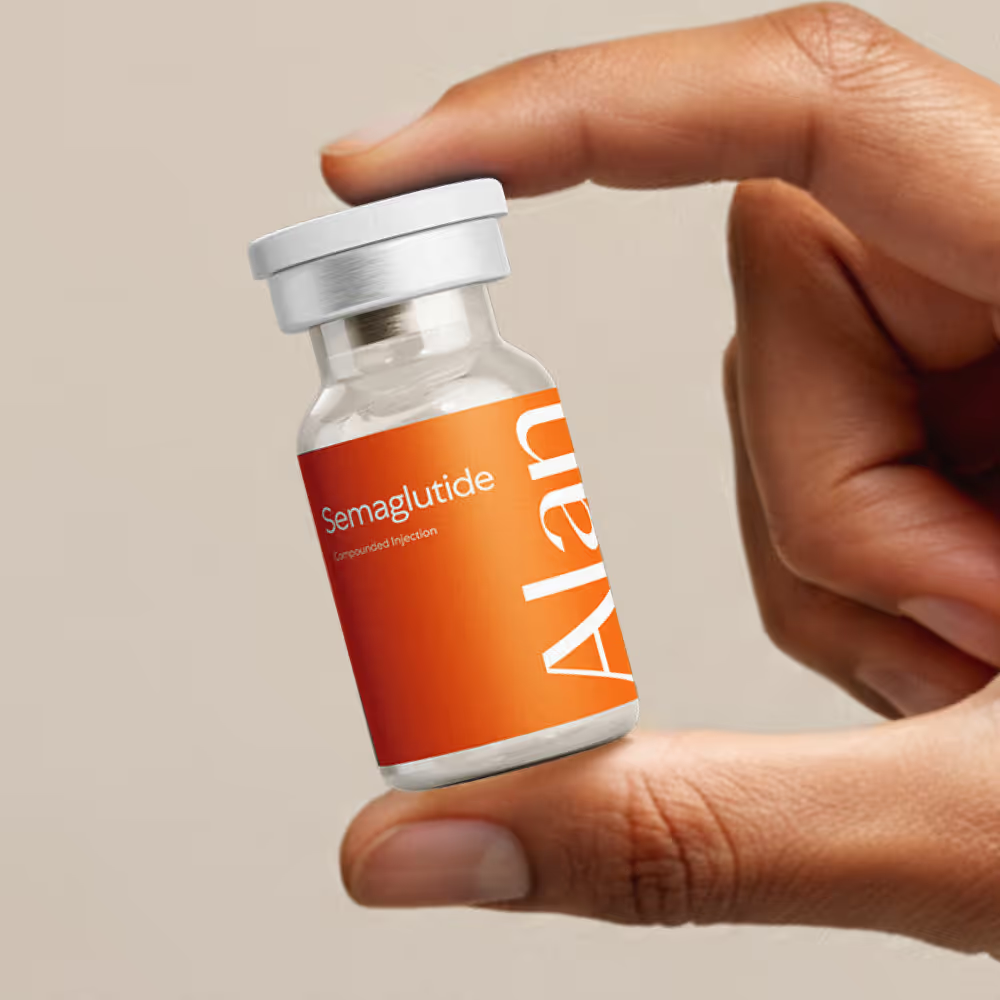

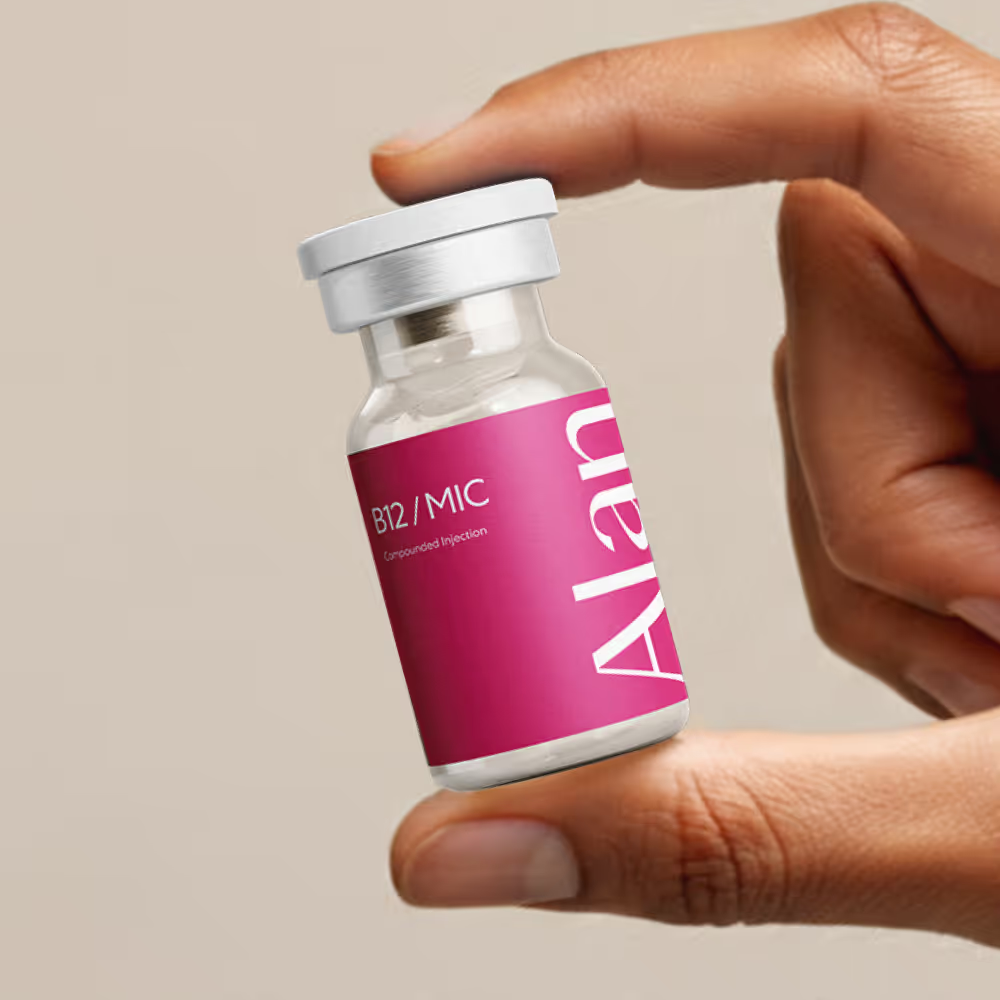







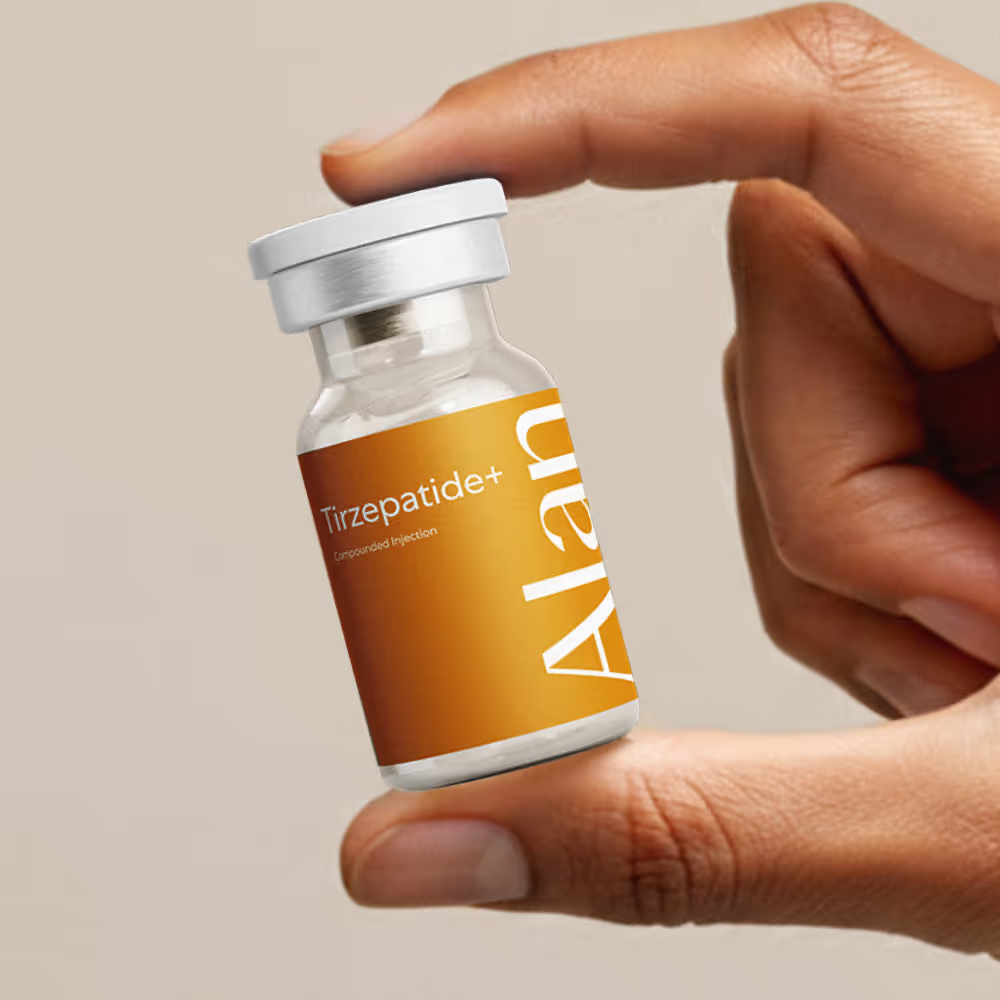





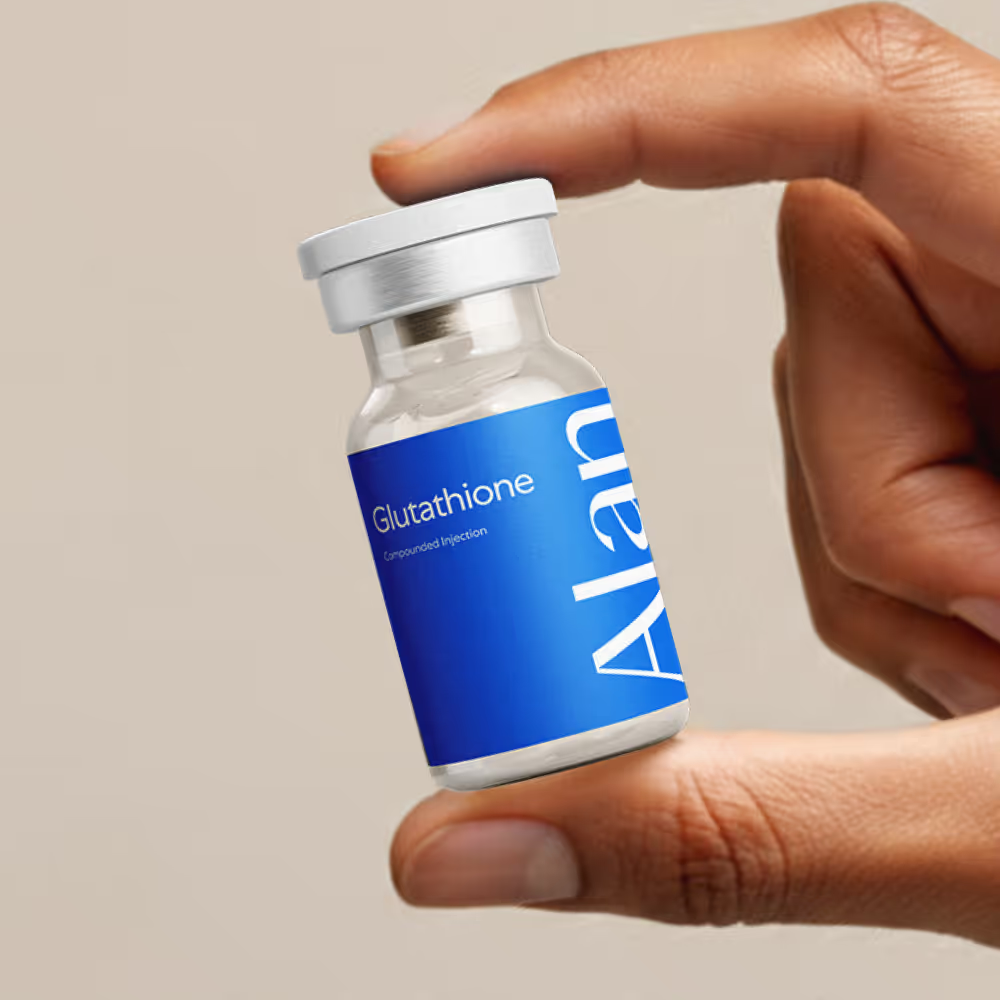

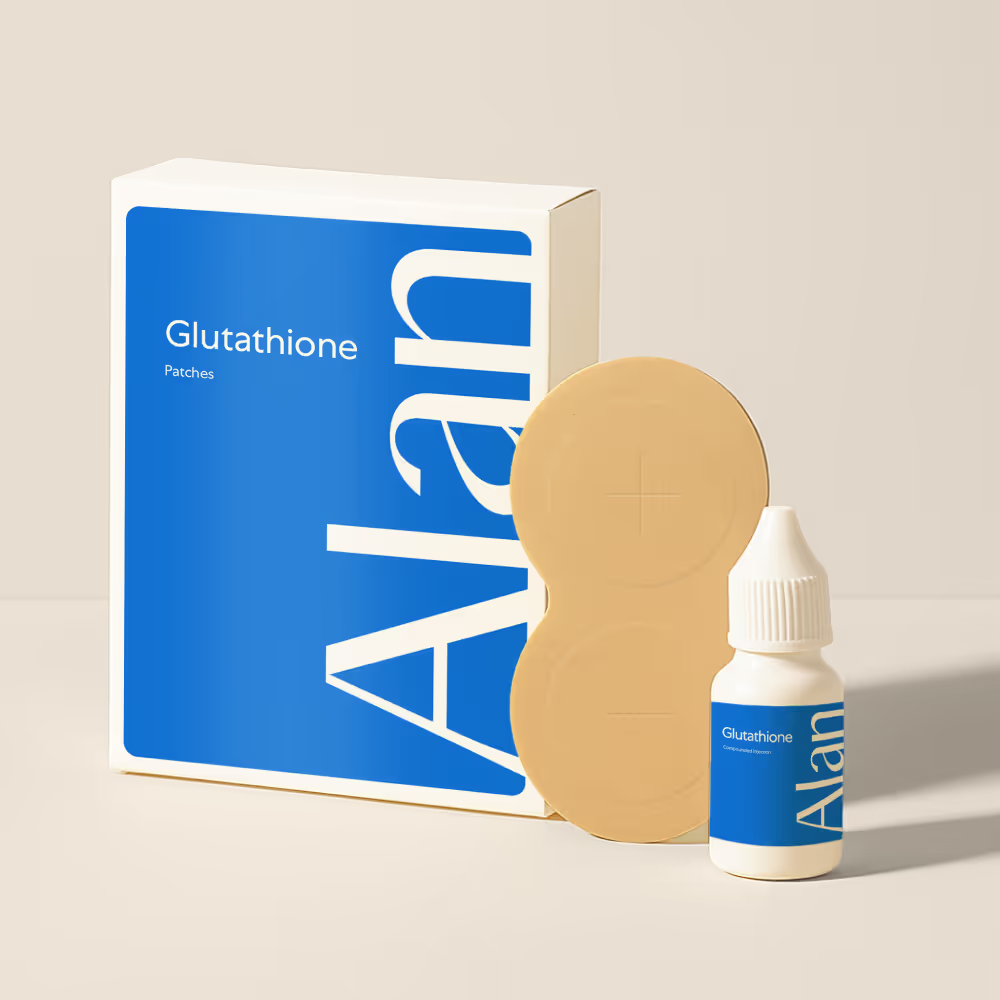

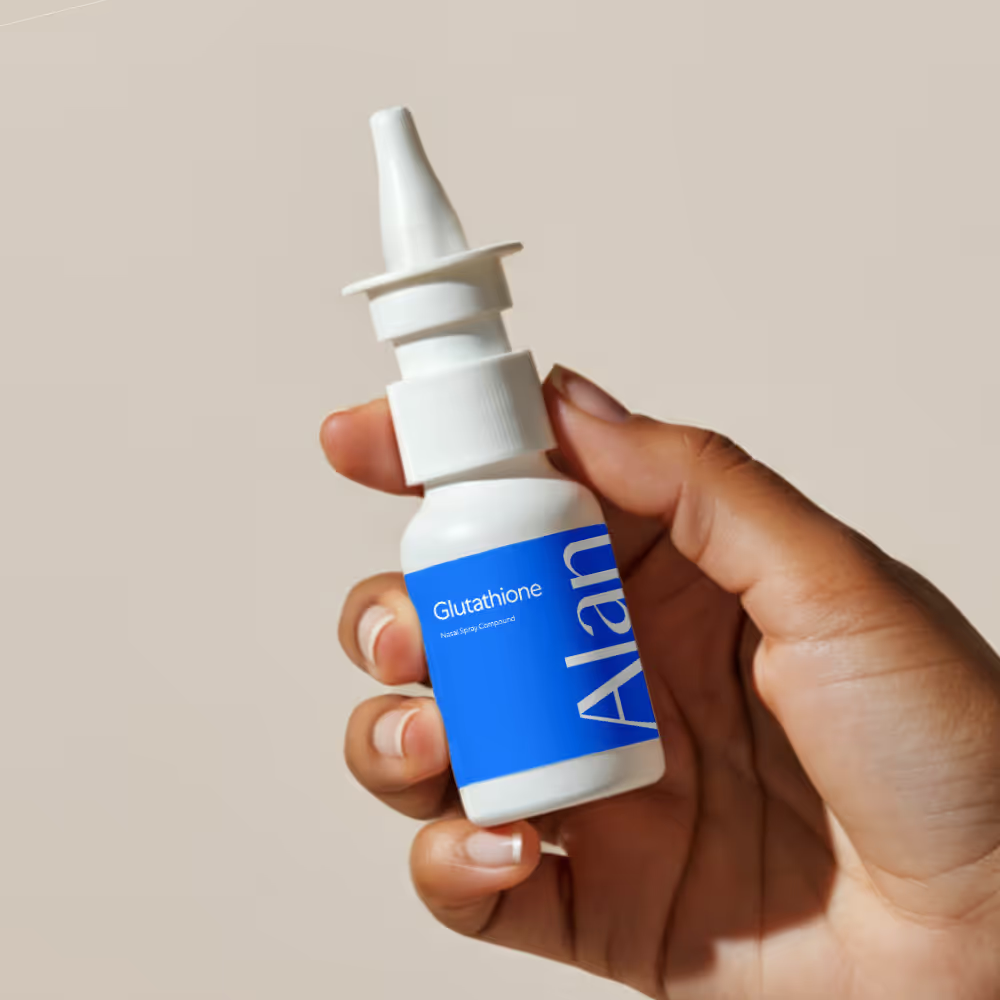

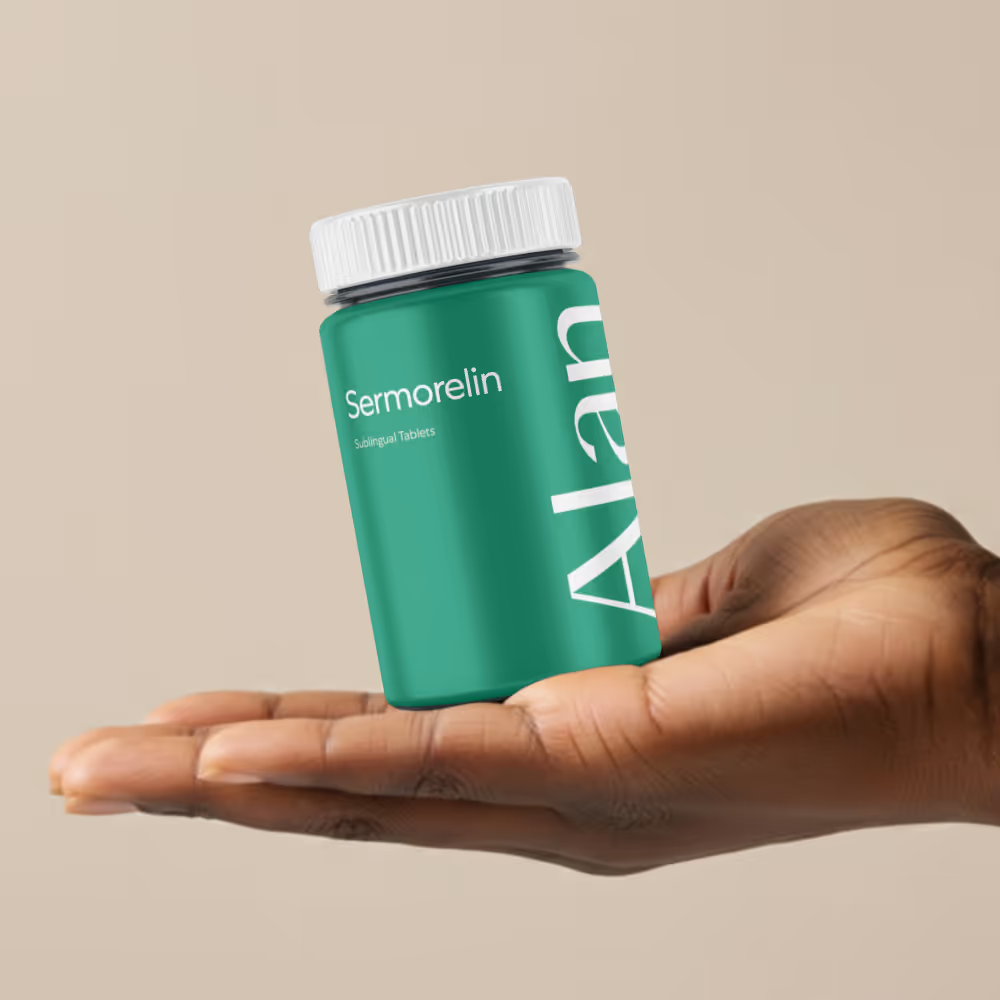

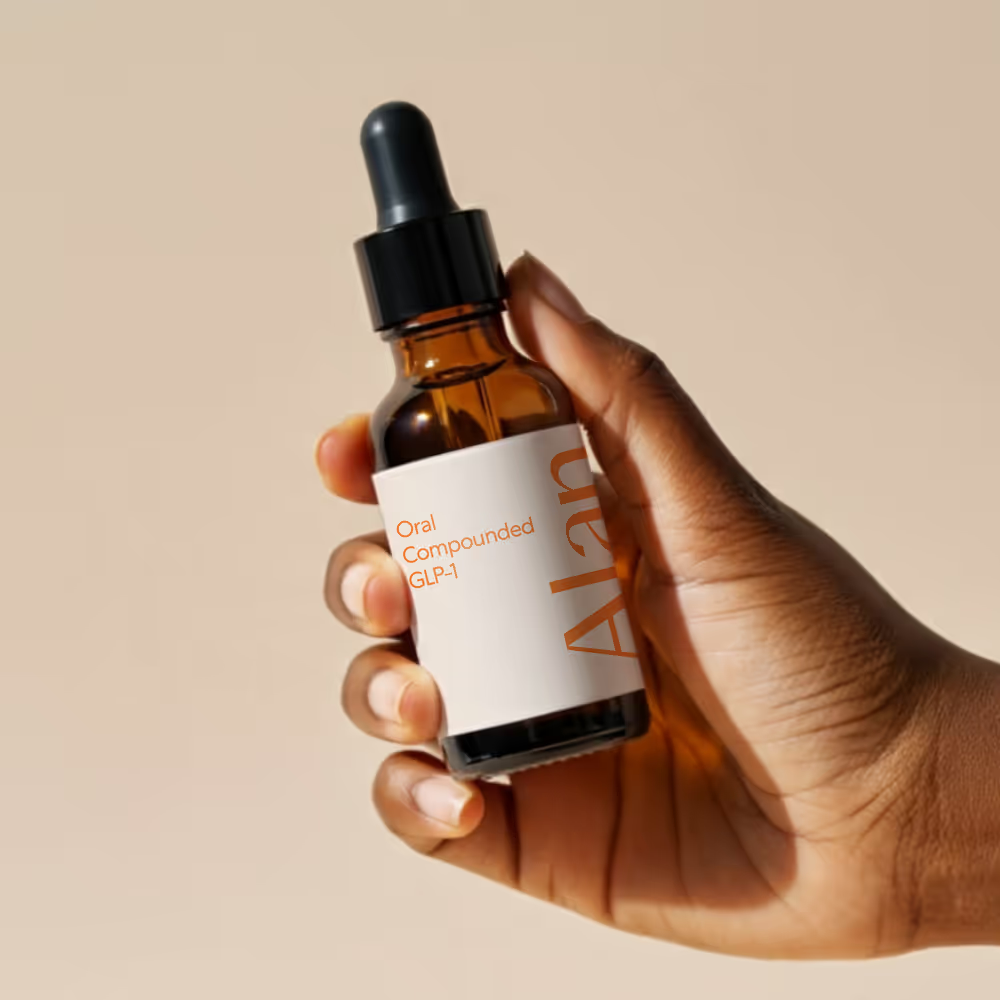



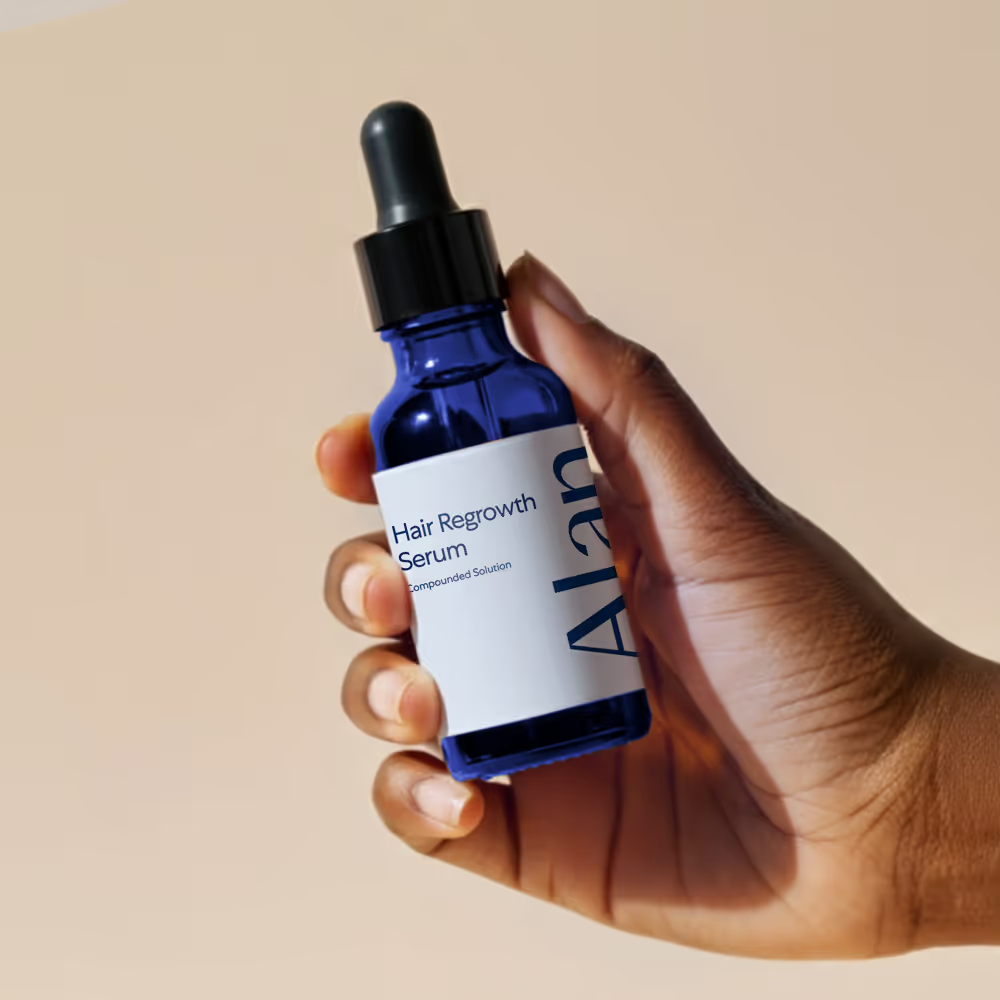

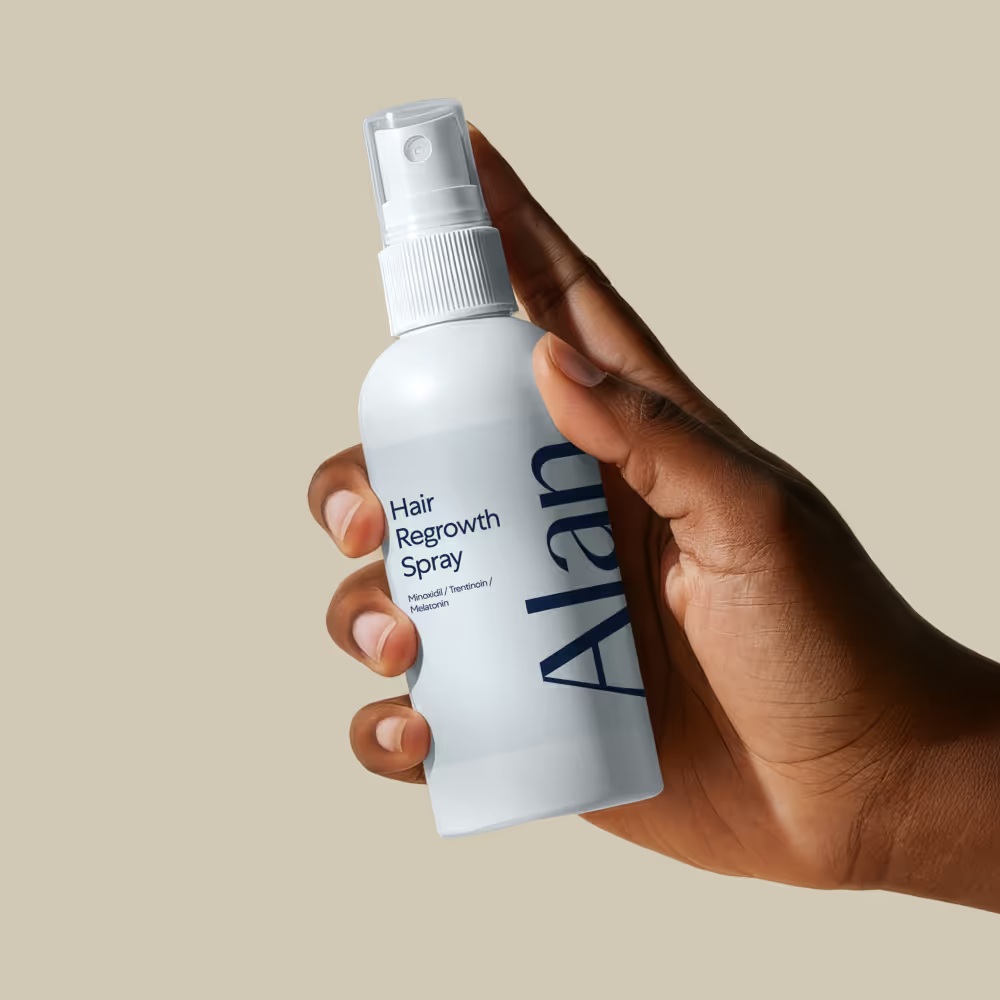

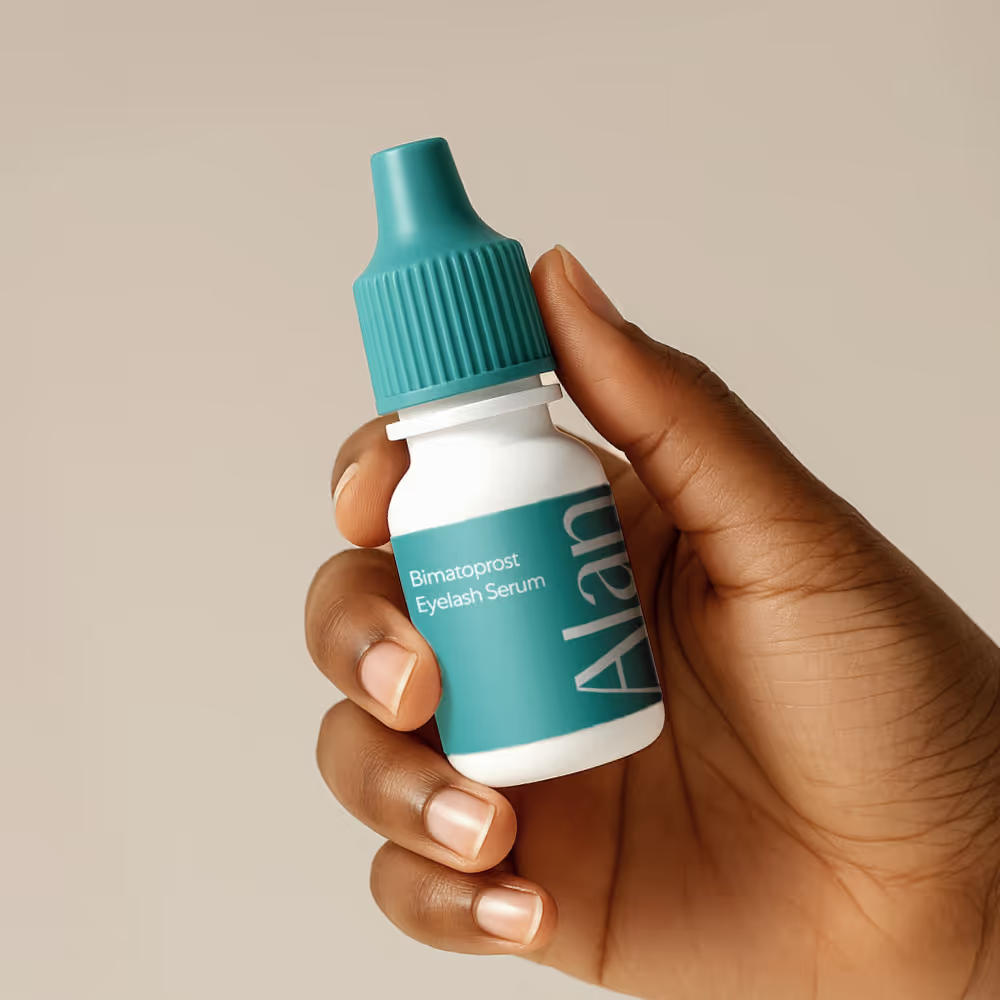



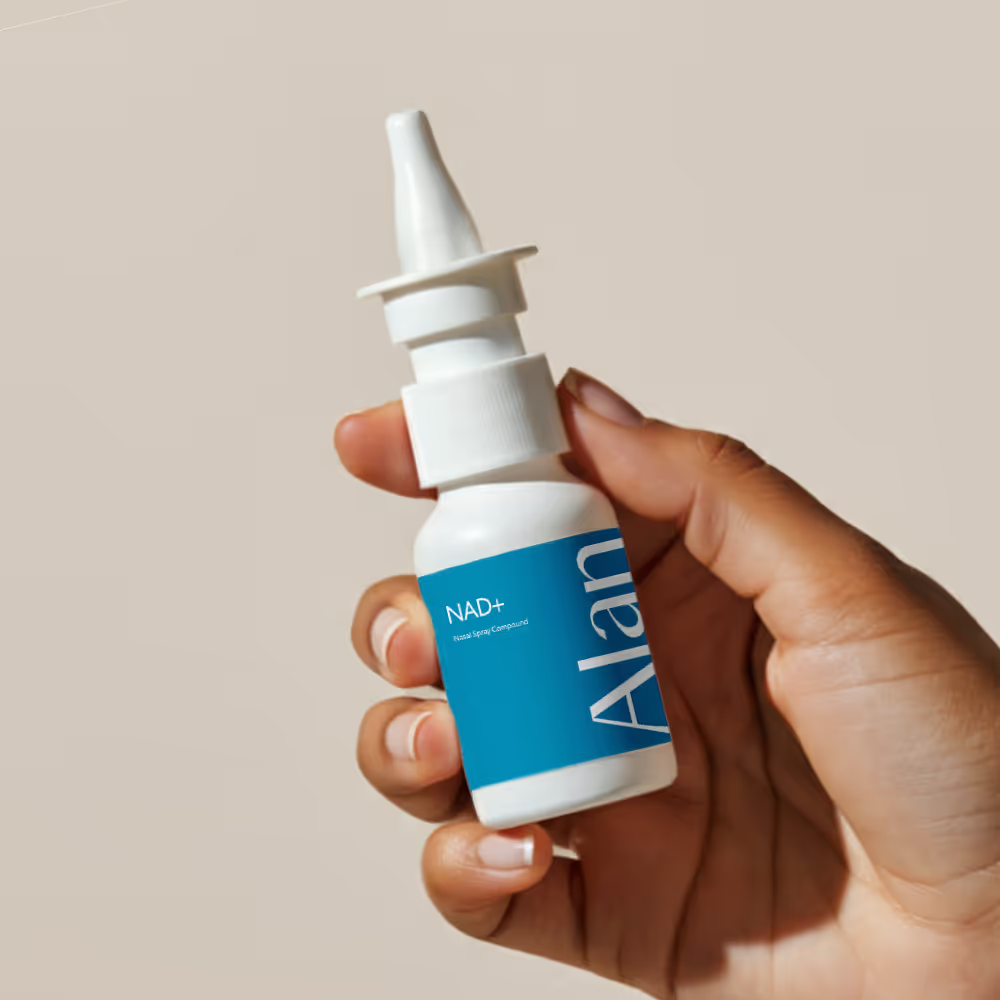







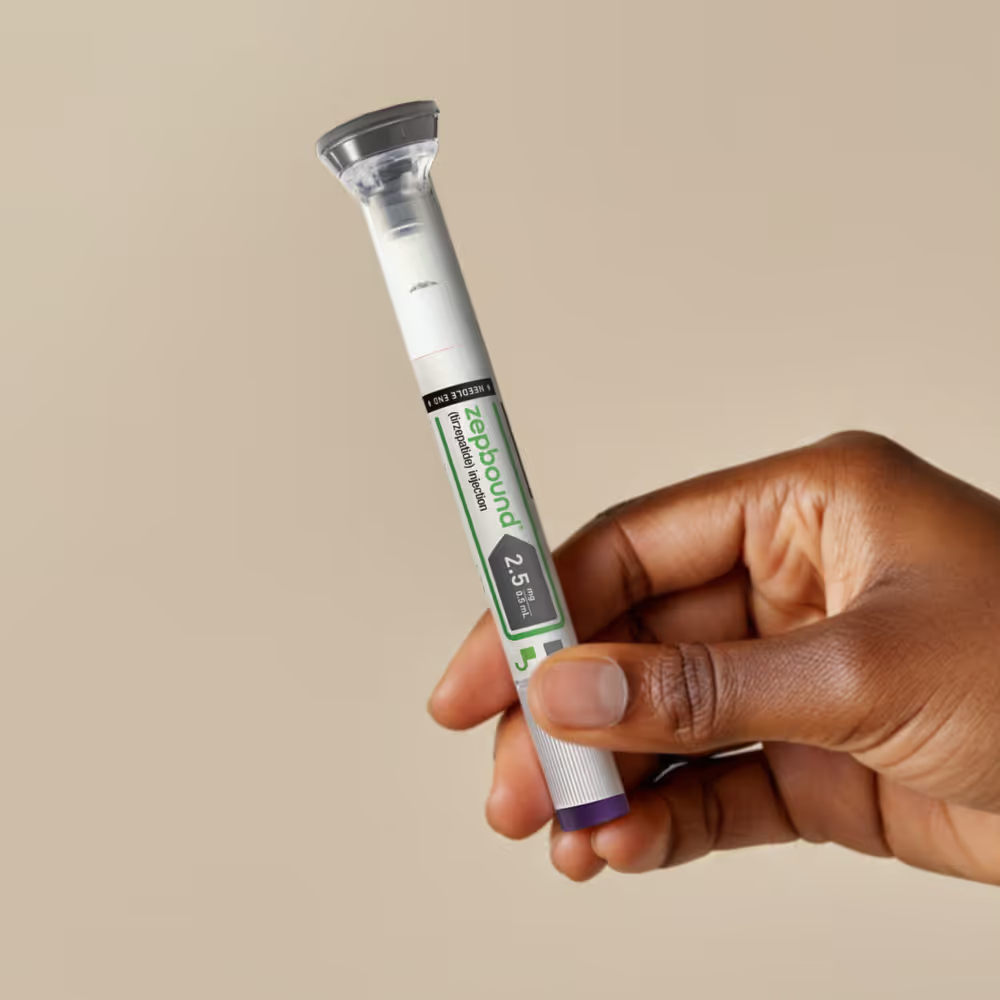

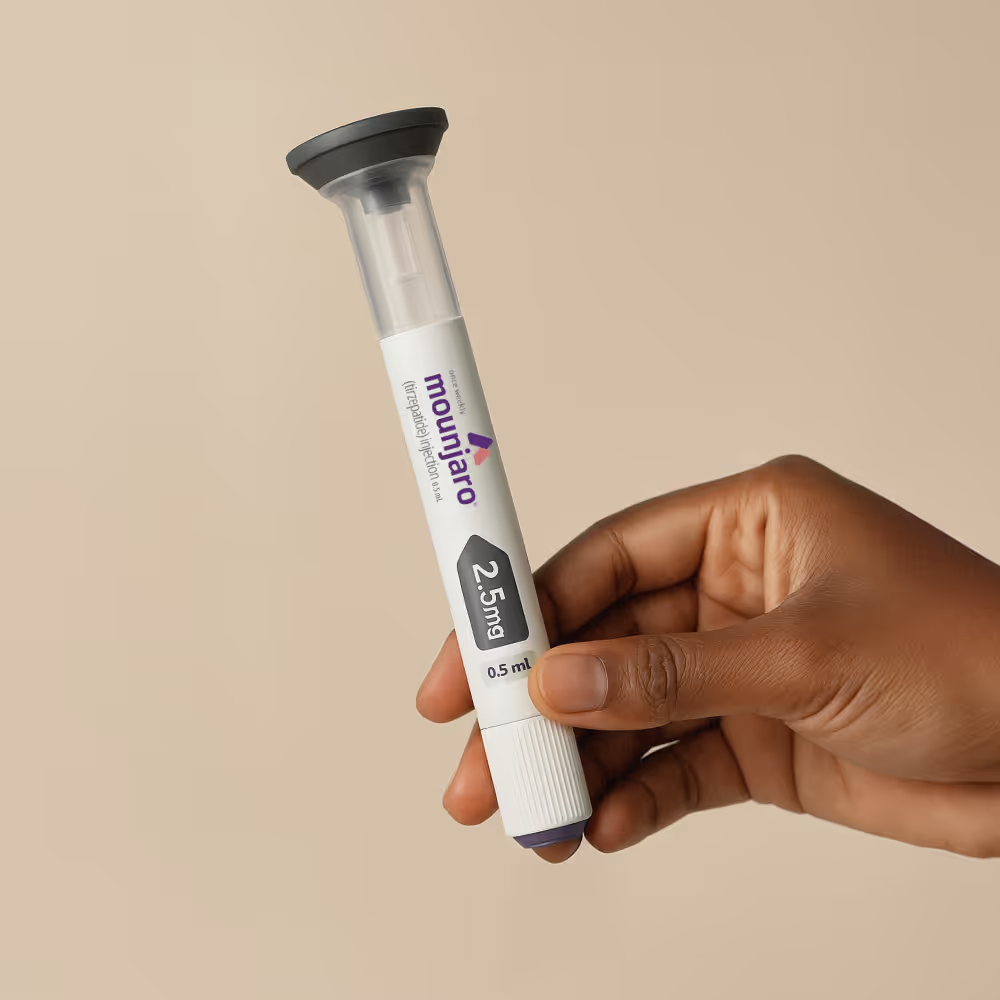





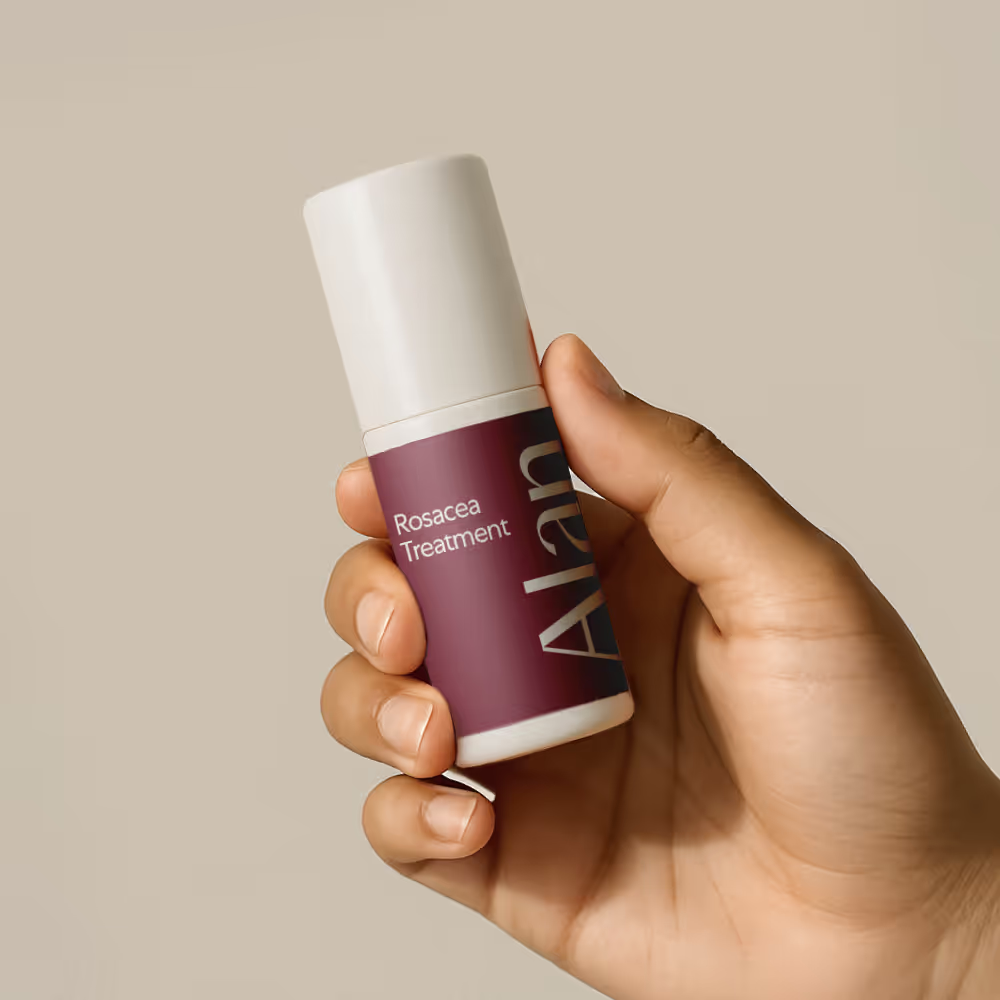











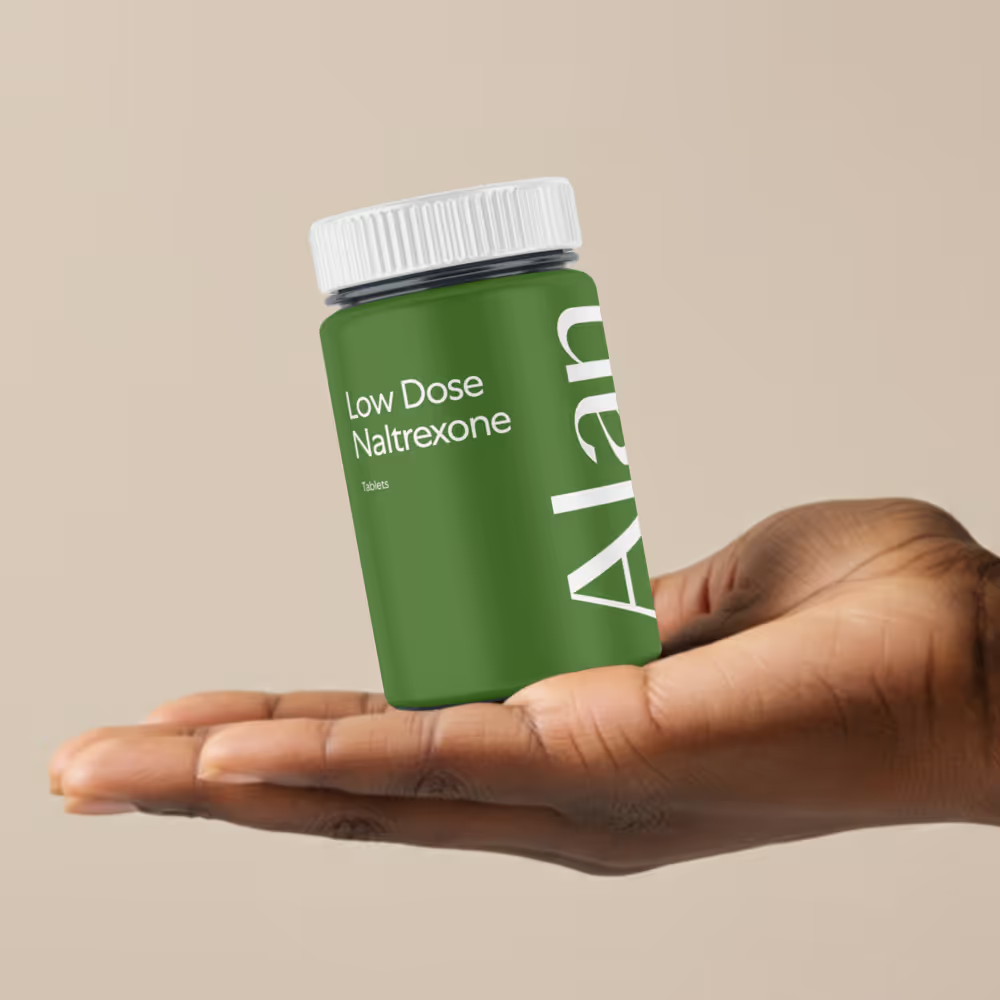







.avif)
.avif)




